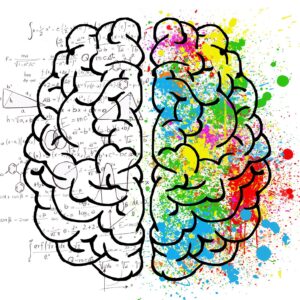Generative AI is an emerging technology that is rapidly transforming various industries, from healthcare and finance to creative arts and entertainment. In this post, we will discuss the expectations and limitations of Generative AI tools in terms of factual accuracy. We will use the recent ChatGPT defamation lawsuit in Australia as an example to illustrate the importance of understanding the limitations of Generative AI tools. We will also discuss how users should take responsibility for verifying the accuracy of the content produced by these tools and highlight the limitations and potential dangers of relying too heavily on them.
What is Generative AI?
Generative AI tools use machine learning algorithms to generate text, images, and other forms of media based on patterns and data inputs. These tools are incredibly useful for a range of applications, including content creation, data analysis, and predictive modeling. However, it’s essential to be aware of its limitations.
The ChatGPT Controversy in Australia
A man in regional Australia has expressed his intention to file a defamation lawsuit against OpenAI, should the company fail to rectify ChatGPT’s erroneous assertions that he had been incarcerated for bribery. This would mark the first legal action taken against the automated text service.
The man was alarmed by reports from members of the public that ChatGPT had mistakenly identified him as a perpetrator in a bribery scandal linked to a foreign subsidiary of the bank he was employed by. However, he was actually the individual who alerted authorities to the irregularities and was never accused of any wrongdoing.
While this situation was indeed unfortunate, this is in fact comparable of what happens when a spell checker does not recognise a name or a surname as a grammatically correct word, and tries to “correct it”, actually mangling it. The spell checker is not trying to insult anybody, neither did it memorized the name wrong. Simply, it applies patterns and databases, and makes a wrong correlation. This is why Generative AI should not treated as a “source of truth”.
The Responsibility of Users and Tool Creators
The responsibility of verifying the accuracy of the content produced by Generative AI tools lies with both the tool creators and the users. While the output produced by Generative AI tools can be impressive, it’s important to recognize that the tool is only as good as the data it is fed.
To use Generative AI tools effectively and responsibly, users should follow some best practices. For instance, they should identify and verify the sources of the data used by the Generative AI models. They should also evaluate the generated content critically and consult experts where necessary. Additionally, they should understand the limitations of the tool and the potential biases in the data that may affect the output.
Limitations and Potential Dangers of Relying Too Heavily on Generative AI Tools
While Generative AI tools can be incredibly useful, they have limitations that users must be aware of. One significant limitation is the “black box” issue, where it can be challenging to understand how the tool arrived at its output. From this point of view, ChatGPT differs from tools like Bing that provide references for the content they generate, allowing users to verify the accuracy of the output.
Generative AI tools are powerful tools that have the potential to revolutionize various industries. However, it’s essential to understand their limitations and take responsibility for verifying the accuracy of the content they produce. By following best practices and being mindful of the potential dangers of relying too heavily on these tools without proper verification, we can ensure that Generative AI tools are used ethically and responsibly, and their output aligns with factual accuracy and ethical considerations.





